Sri Lanka’s Cultural Triangle is a treasure trove of ancient cities, archaeological wonders, and rich heritage. Nestled in the heart of the island, this region forms a triangle connecting Anuradhapura, Polonnaruwa, and Sigiriya—three UNESCO World Heritage Sites that were once the epicenters of Sri Lankan civilization. Exploring the Cultural Triangle offers a profound insight into the island’s history, architecture, and spirituality, making it an essential journey for any traveler seeking to understand the soul of Sri Lanka.
Anuradhapura: The Cradle of Sinhala Civilization
History and Significance
Anuradhapura, the first ancient capital of Sri Lanka, flourished from the 4th century BCE to the 11th century CE. It was the center of Theravada Buddhism and a hub of political and economic activity. The city is revered for its well-preserved ruins, stupas, and monasteries that reflect the architectural prowess and spiritual devotion of ancient Sri Lanka.

Key Attractions
1. Sri Maha Bodhi (Sacred Bodhi Tree)
- Description: The oldest documented living tree in the world, grown from a sapling of the original Bodhi tree under which the Buddha attained enlightenment.
- Highlights: Pilgrims offer prayers and offerings; the site is adorned with flags and lamps.
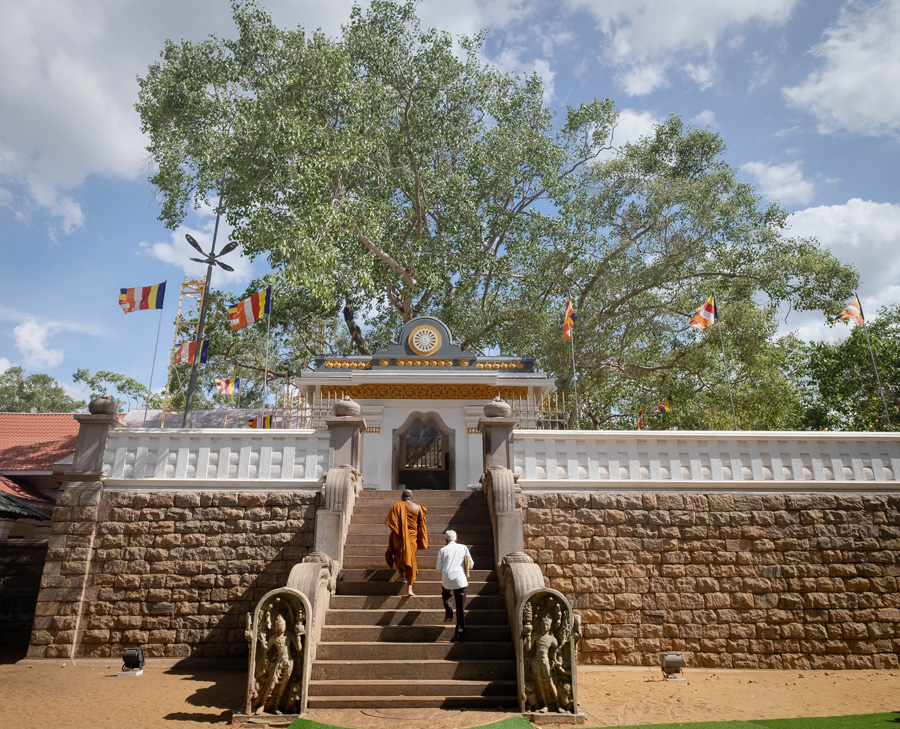
2. Ruwanwelisaya Stupa
- Description: A magnificent stupa built by King Dutugemunu in the 2nd century BCE.
- Highlights: Known for its massive white dome and significance as a symbol of Buddhist devotion.
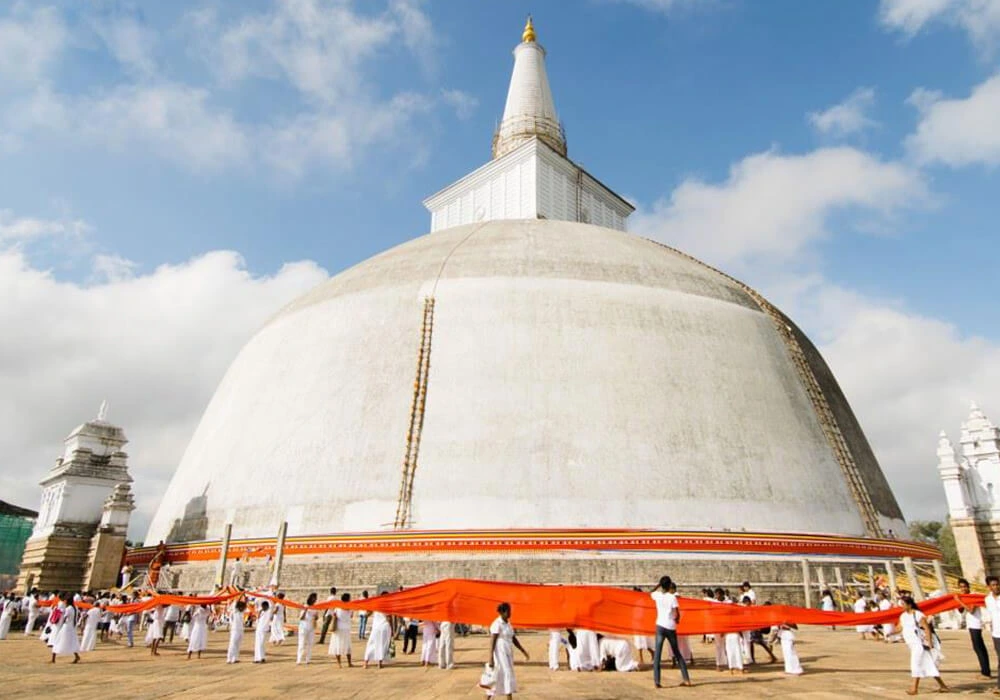
3. Jetavanaramaya Monastery
- Description: Once the tallest stupa in the world, standing at 122 meters.
- Highlights: Impressive brick structure showcasing ancient engineering skills.
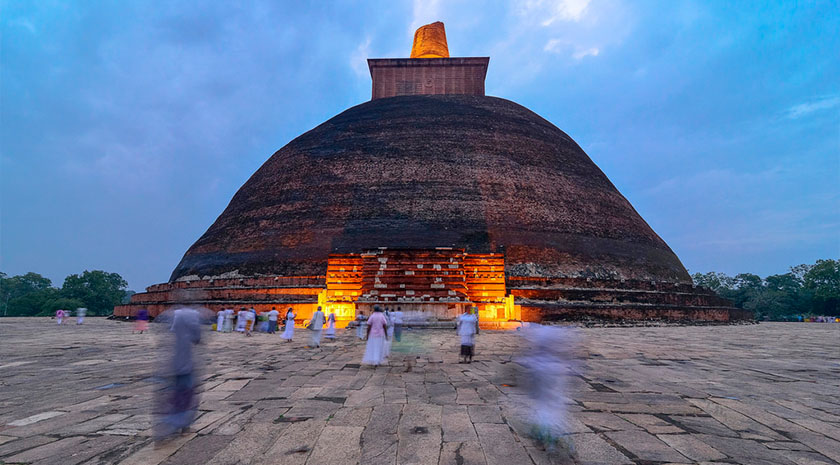
4. Isurumuniya Temple
- Description: A rock temple famous for its intricate carvings and sculptures.
- Highlights: The “Isurumuniya Lovers” carving, a masterpiece of Sri Lankan art.
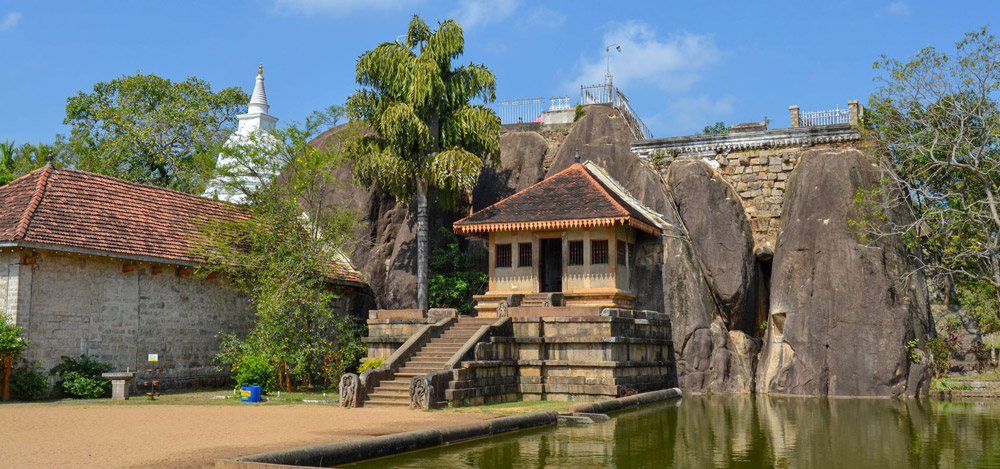
Practical Information
- Getting There: Approximately 200 km north of Colombo. Accessible by bus, train, or private car.
- Accommodation:
- Luxury: Ulagalla Resort.
- Mid-Range: Rajarata Hotel.
- Budget: Hotel Shalini.
- Tips:
- Wear modest clothing when visiting temples.
- Visit early in the morning or late afternoon to avoid the heat.
- Hire a local guide for historical insights.
Polonnaruwa: The Medieval Marvel
History and Significance
Polonnaruwa became the second capital after the fall of Anuradhapura and thrived between the 11th and 13th centuries CE. The city is renowned for its well-preserved ruins, showcasing the zenith of ancient Sri Lankan art and architecture during its golden age.
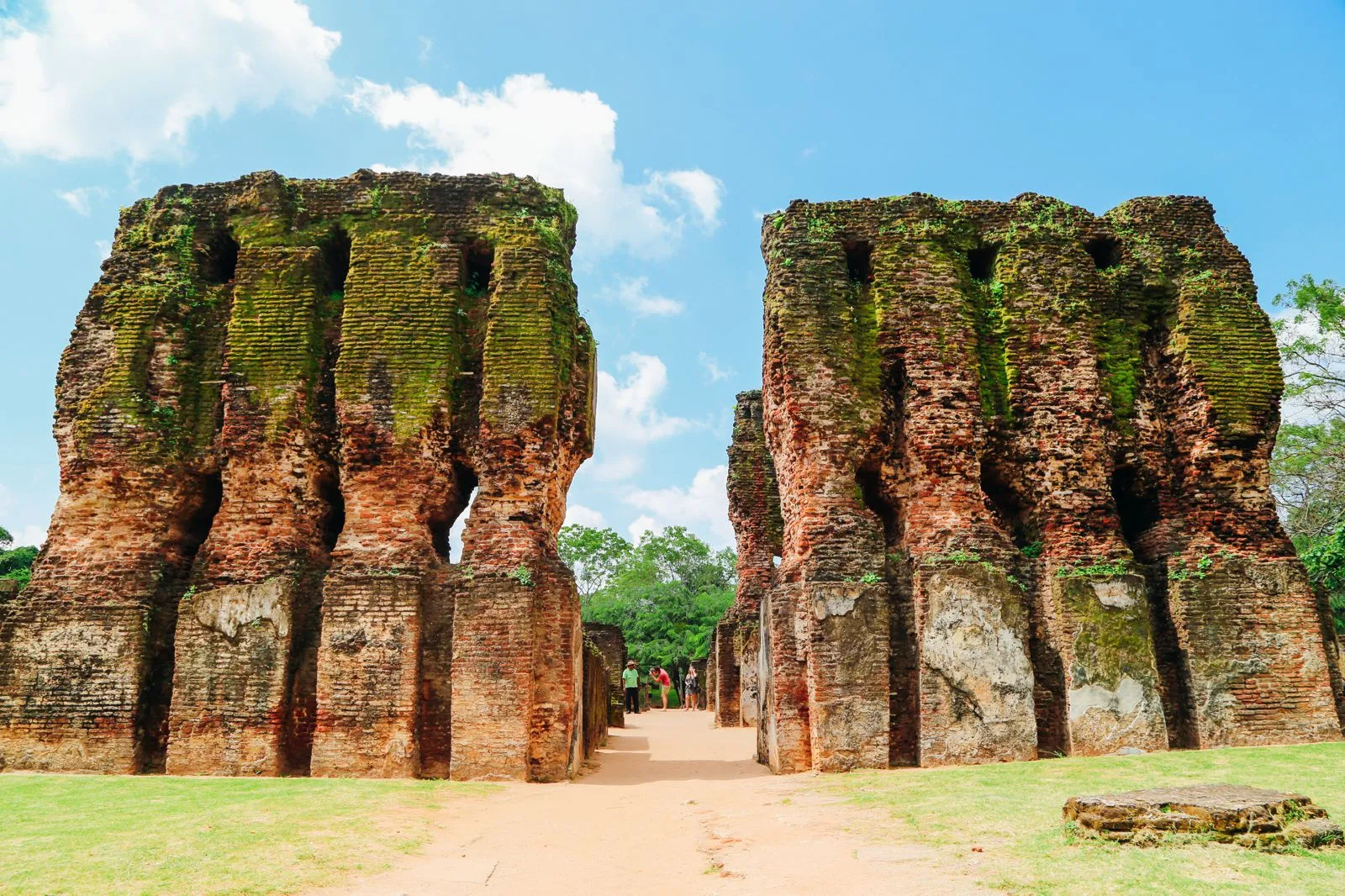
Key Attractions
1. Gal Vihara
- Description: A rock temple featuring four exquisite statues of the Buddha carved into granite.
- Highlights: The reclining Buddha statue, measures 14 meters in length.

2. Royal Palace (Vijayabahu Palace Complex)
- Description: The remnants of a grand palace are believed to have had seven stories.
- Highlights: Massive brick walls and foundations that hint at its former grandeur.

3. Parakrama Samudra (Sea of Parakrama)
- Description: A vast artificial reservoir built by King Parakramabahu I.
- Highlights: Scenic views and evidence of ancient irrigation prowess.
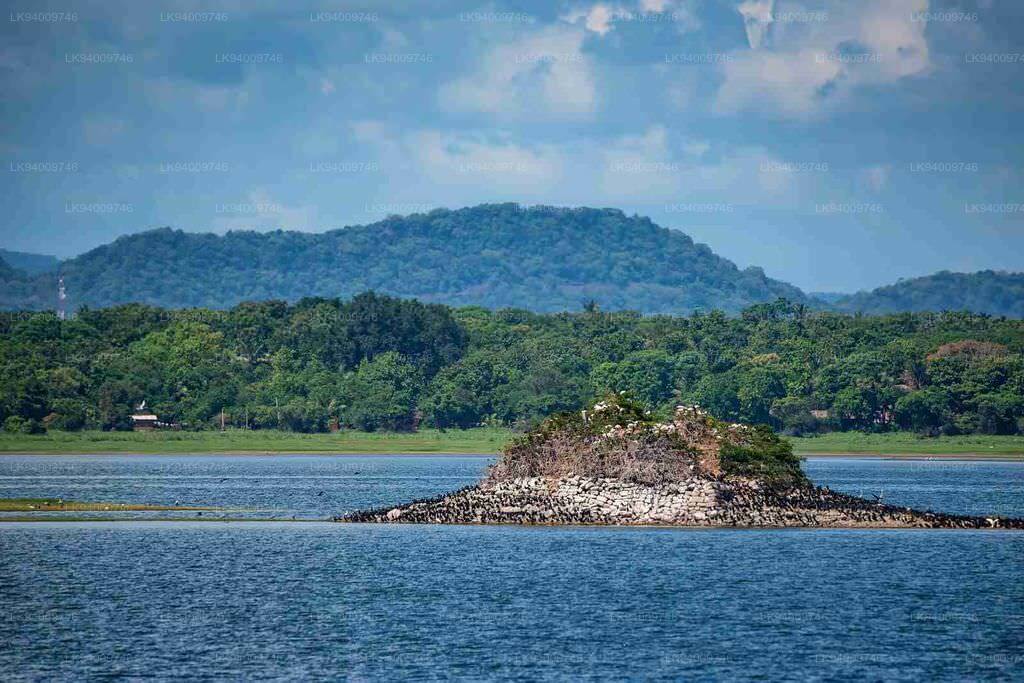
4. Rankoth Vehera
- Description: The largest stupa in Polonnaruwa, standing at 55 meters.
- Highlights: Reflects the architectural style of the Anuradhapura period.
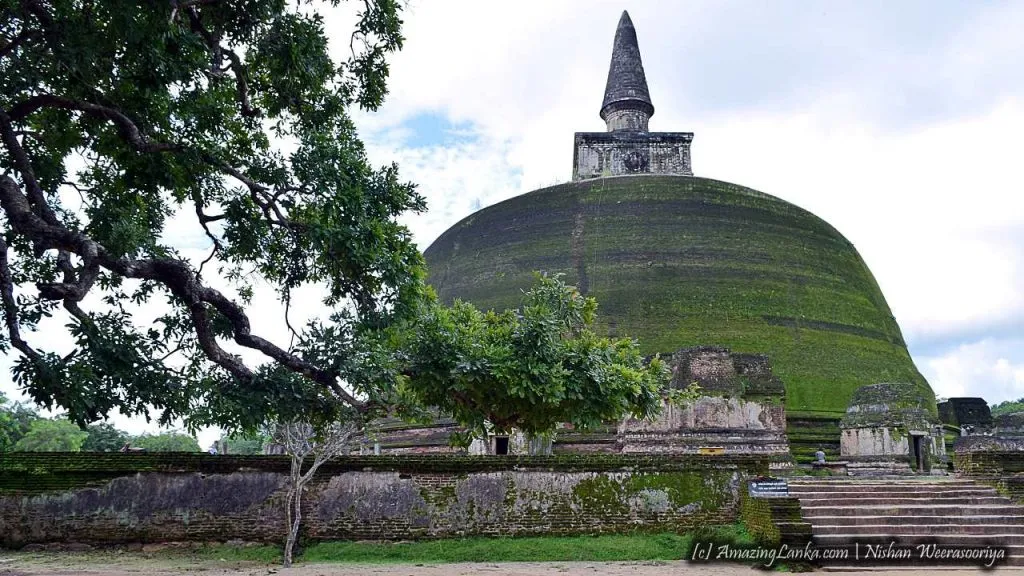
Practical Information
- Getting There: Located about 100 km east of Anuradhapura. Accessible by bus or private car.
- Accommodation:
- Luxury: The Lake Hotel.
- Mid-Range: Thidas Arana Lake Hotel.
- Budget: Devi Tourist Home.
- Tips:
- Rent a bicycle to explore the ruins at your own pace.
- Purchase the Cultural Triangle ticket for cost savings.
- Carry water and sun protection.
Sigiriya: The Lion Rock Fortress
History and Significance
Sigiriya, also known as Lion Rock, is an ancient rock fortress built in the 5th century CE by King Kasyapa. Rising nearly 200 meters above the surrounding plains, the site combines natural and human-made marvels, including elaborate gardens, frescoes, and advanced hydraulic systems.
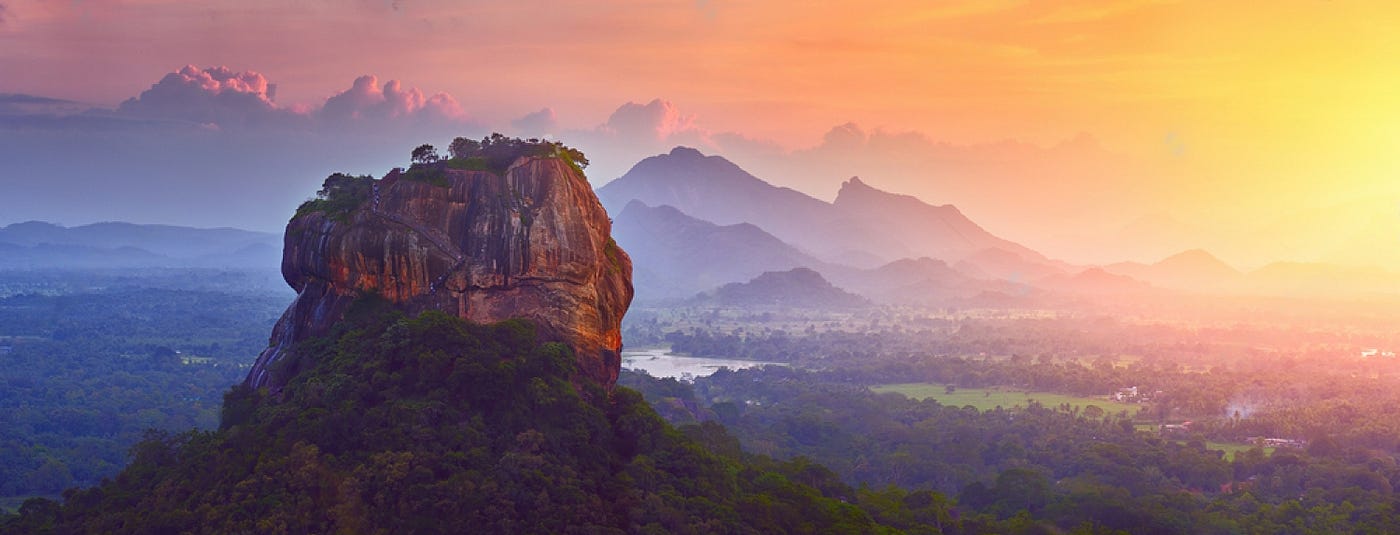
Key Attractions
1. Sigiriya Rock Fortress
- Description: A citadel perched atop a massive rock column.
- Highlights:
- Lion Staircase: The entrance to the summit is flanked by giant lion paws.
- Frescoes: The “Sigiriya Maidens,” ancient paintings of celestial nymphs.
- Mirror Wall: A highly polished wall inscribed with ancient graffiti.
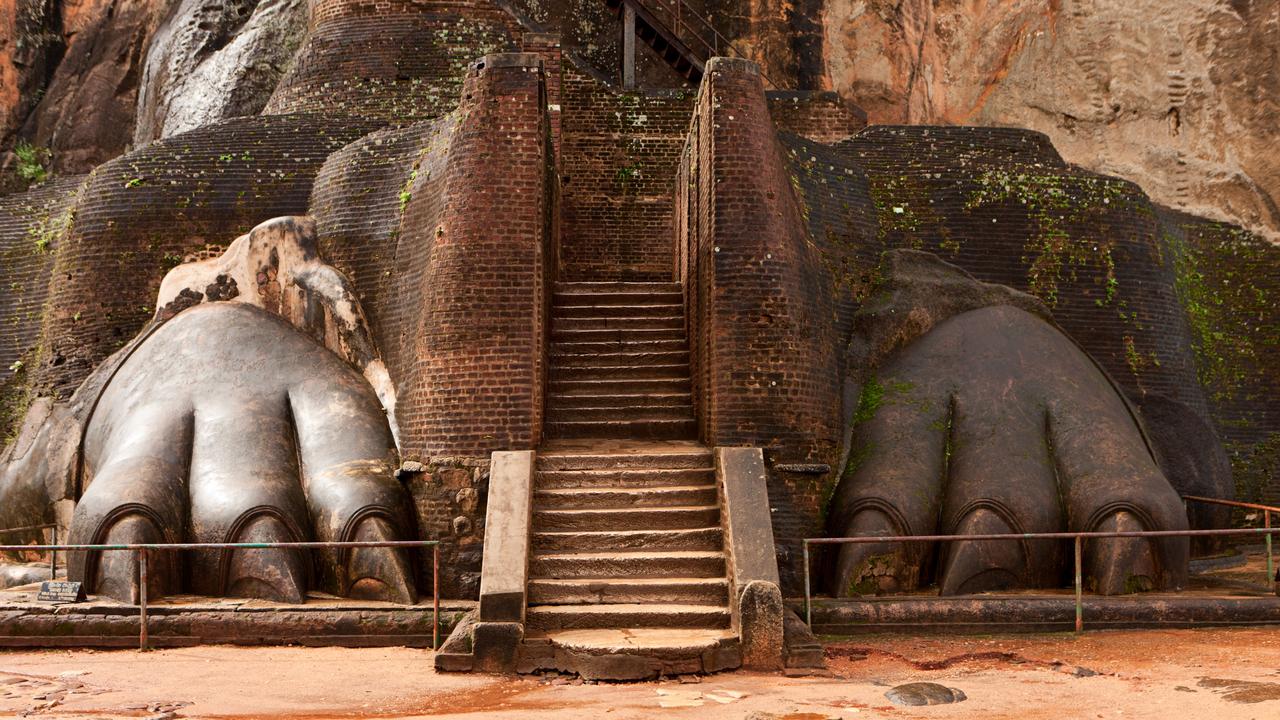
2. Water Gardens
- Description: An elaborate network of pools, fountains, and canals at the base of the rock.
- Highlights: Demonstrates sophisticated ancient engineering.
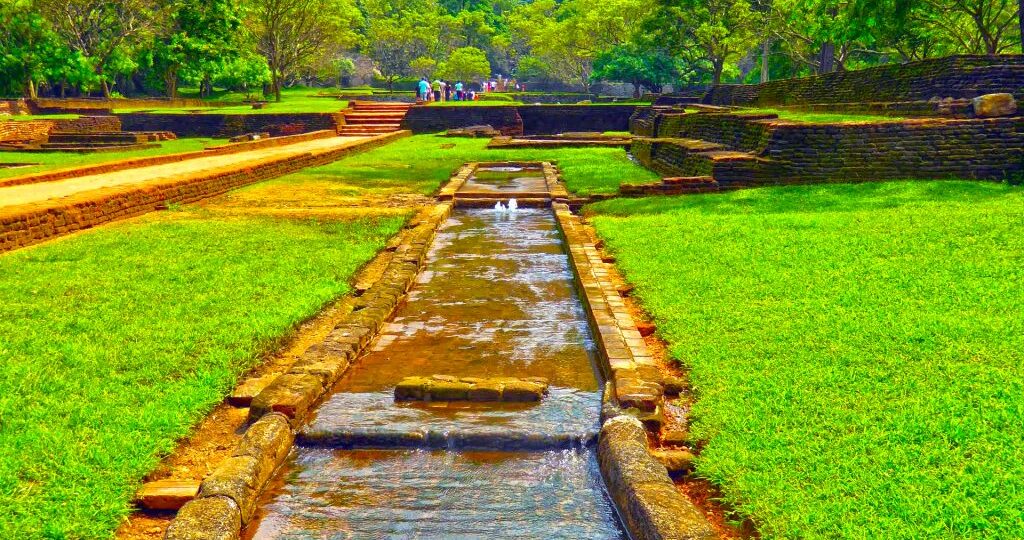
3. Boulder Gardens and Terraced Gardens
- Description: Natural rock formations and terraces adapted into gardens.
- Highlights: Provides a scenic and serene environment during the ascent.

4. Pidurangala Rock
- Description: A nearby rock offering an alternative climb and panoramic views of Sigiriya.
- Highlights: Less crowded and ideal for sunrise hikes.
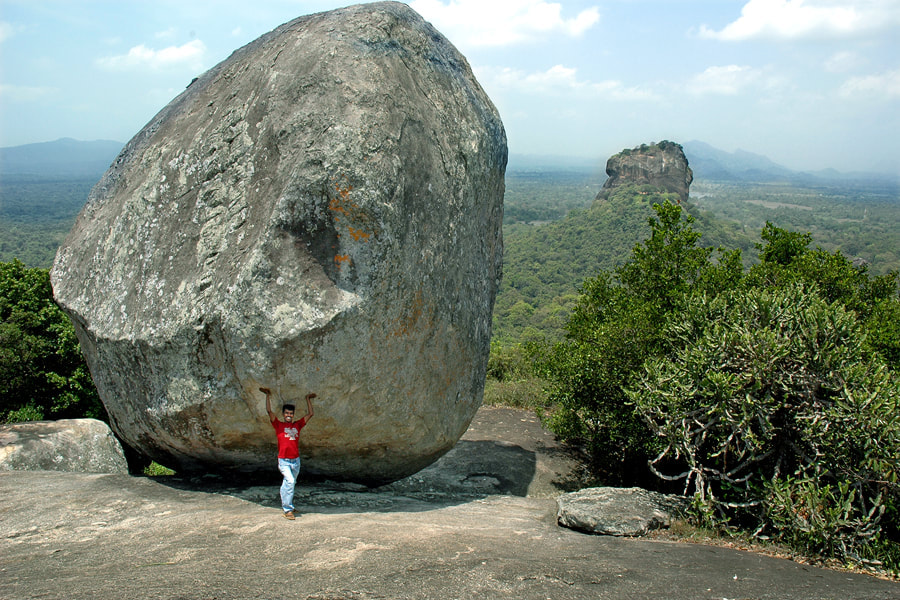
Practical Information
- Getting There: Approximately 90 km south of Anuradhapura. Accessible by bus or private car.
- Accommodation:
- Luxury: Jetwing Vil Uyana.
- Mid-Range: Sigiriya Village Hotel.
- Budget: Back of Beyond Pidurangala.
- Tips:
- Start the climb early to avoid crowds and heat.
- Wear sturdy footwear.
- Be cautious of wasp nests along the path.
Planning Your Trip
Suggested Itineraries
- 3-Day Trip:
- Day 1: Explore Anuradhapura.
- Day 2: Visit Polonnaruwa.
- Day 3: Climb Sigiriya Rock Fortress.
- 5-Day Trip:
- Days 1-2: Anuradhapura and Mihintale.
- Day 3: Polonnaruwa.
- Day 4: Sigiriya and Pidurangala.
- Day 5: Dambulla Cave Temple and return.
Transportation Between Sites
- Private Car or Taxi: Offers flexibility and comfort.
- Public Buses: Economical but may be crowded and less frequent.
- Guided Tours: Many operators offer Cultural Triangle packages.
Best Time to Visit
- Climate: The region is generally hot and dry.
- Optimal Months: December to April for the best weather conditions.
Cultural and Practical Tips
Respecting Local Customs
- Dress Modestly: Cover shoulders and knees when visiting religious sites.
- Footwear: Remove shoes and hats before entering temples.
- Photography: Allowed in most areas but refrain from posing with your back to statues of the Buddha.
Entry Fees and Tickets
- Cultural Triangle Ticket: Offers access to multiple sites and is cost-effective if visiting several locations.
- Individual Site Tickets: Available at each attraction but may be more expensive cumulatively.
Guides and Information
- Hiring Guides: Local guides provide valuable historical context.
- Audio Guides: Available at some sites for self-paced exploration.
- Visitor Centers: Offer maps and additional information.
Health and Safety
- Stay Hydrated: Carry water, especially during climbs.
- Sun Protection: Use sunscreen and wear hats.
- Insect Repellent: Useful in the evenings.
Conclusion
Exploring Sri Lanka’s Cultural Triangle is a journey through time, offering a window into the island’s illustrious past. Anuradhapura’s sacred stupas, Polonnaruwa’s artistic splendors, and Sigiriya’s architectural genius collectively narrate stories of kings, monks, and ancient civilizations. This region is not just about historical monuments; it’s about connecting with the cultural heartbeat of Sri Lanka. Whether you’re a history enthusiast, a spiritual seeker, or a curious traveler, the Cultural Triangle promises an enriching and unforgettable experience.
Final Tips
- Combine Nature and Wildlife: Consider visiting Minneriya National Park for elephant safaris between site visits.
- Local Cuisine: Don’t miss out on trying traditional Sri Lankan meals in local eateries.
- Sustainable Tourism: Respect the sites by not littering and following guidelines.
Enjoy this cultural odyssey and immerse yourself in the wonders of Sri Lanka’s ancient heritage.
